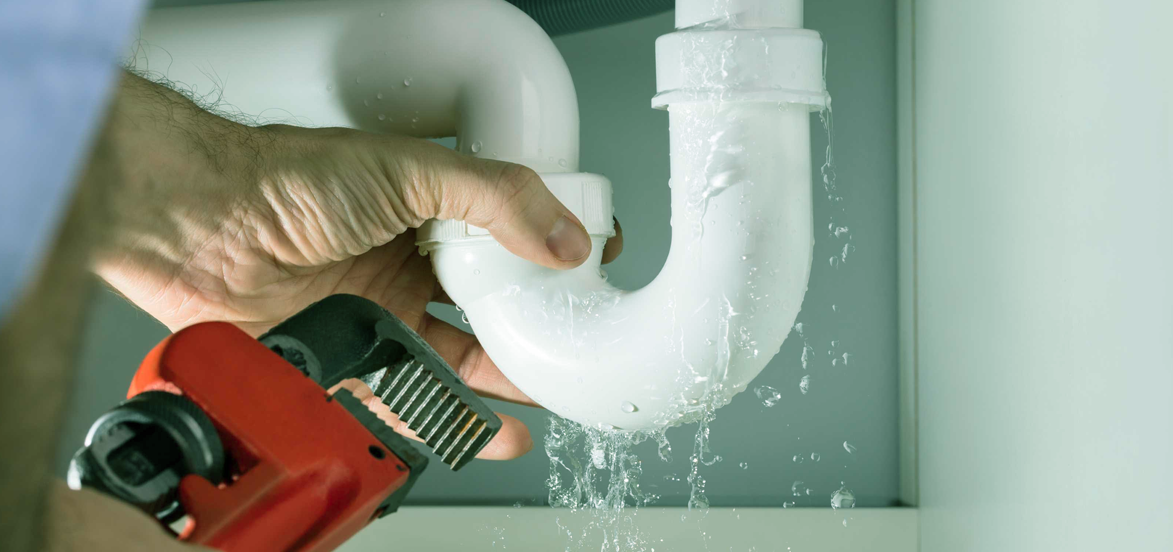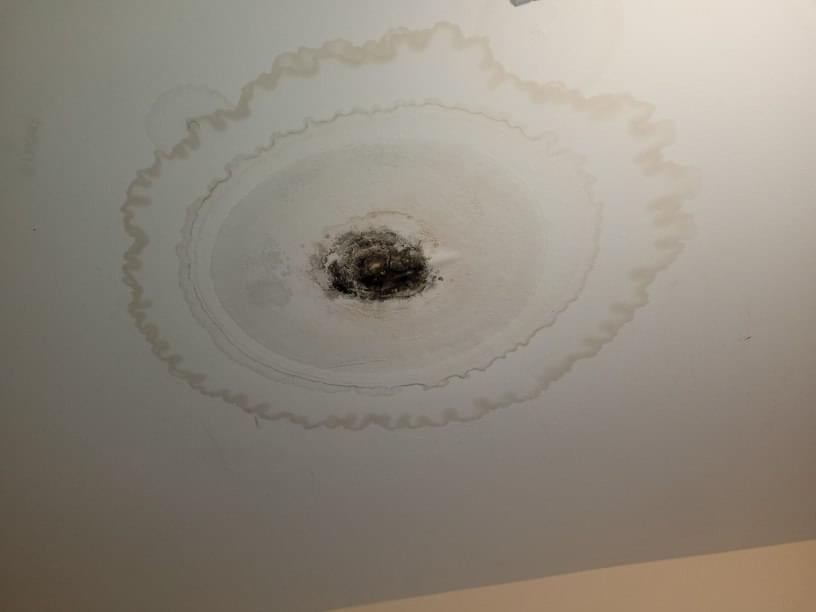How to Inspect If Your House Has a Concealed Leakage
How to Inspect If Your House Has a Concealed Leakage
Blog Article
They are making several great points on the subject of Locating water leaks as a whole in this article down the page.

Early detection of leaking water lines can mitigate a prospective calamity. Some little water leakages might not be noticeable.
1. Analyze the Water Meter
Examining it is a guaranteed means that helps you discover leaks. If it relocates, that suggests a fast-moving leakage. This indicates you may have a slow-moving leak that might even be underground.
2. Inspect Water Intake
If you detect abrupt modifications, regardless of your consumption being the exact same, it suggests that you have leakages in your plumbing system. An unexpected spike in your expense suggests a fast-moving leak.
On the other hand, a constant boost every month, despite having the very same behaviors, reveals you have a sluggish leakage that's additionally gradually rising. Call a plumber to extensively examine your building, particularly if you really feel a cozy location on your floor with piping underneath.
3. Do a Food Coloring Test
30% comes from commodes when it comes to water consumption. Test to see if they are running properly. Decrease flecks of food shade in the container and also wait 10 mins. If the color somehow infiltrates your bowl throughout that time without flushing, there's a leakage in between the storage tank and dish.
4. Asses Exterior Lines
Don't forget to check your outdoor water lines also. Examination faucets by attaching a garden hose. Needs to water permeate out of the link, you have a loose rubber gasket. Change this as well as make sure all connections are tight. If you've got a lawn sprinkler, it will certainly assist get it properly checked out and maintained each year. One small leak can lose tons of water and also spike your water bill.
5. Assess the scenario and inspect
Homeowners need to make it a practice to check under the sink counters and even inside closets for any type of bad odor or mold growth. These 2 red flags suggest a leakage so punctual attention is called for. Doing routine assessments, also bi-annually, can conserve you from a significant problem.
If you know your residence is already old, keep a watchful eye on your heating units, hoses, pipes and so on. Look for discolorations as well as deteriorating as the majority of pipelines and also devices have a life span. They will certainly also normally degrade because of tear and put on. If you suspect dripping water lines in your plumbing system, don't wait on it to intensify. Call a professional plumber right now so you do not end up with an awful mess in your house.
Early discovery of leaking water lines can reduce a potential calamity. Some little water leakages might not be visible. Inspecting it is a proven means that aids you discover leaks. One tiny leakage can lose tons of water and spike your water bill.
If you think leaking water lines in your plumbing system, don't wait for it to escalate.
WARNING SIGNS OF WATER LEAKAGE BEHIND THE WALL
PERSISTENT MUSTY ODORS
As water slowly drips from a leaky pipe inside the wall, flooring and sheetrock stay damp and develop an odor similar to wet cardboard. It generates a musty smell that can help you find hidden leaks.
MOLD IN UNUSUAL AREAS
Mold usually grows in wet areas like kitchens, baths and laundry rooms. If you spot the stuff on walls or baseboards in other rooms of the house, it’s a good indicator of undetected water leaks.
STAINS THAT GROW
When mold thrives around a leaky pipe, it sometimes takes hold on the inside surface of the affected wall. A growing stain on otherwise clean sheetrock is often your sign of a hidden plumbing problem.
PEELING OR BUBBLING WALLPAPER / PAINT
This clue is easy to miss in rooms that don’t get much use. When you see wallpaper separating along seams or paint bubbling or flaking off the wall, blame sheetrock that stays wet because of an undetected leak.
BUCKLED CEILINGS AND STAINED FLOORS
If ceilings or floors in bathrooms, kitchens or laundry areas develop structural problems, don’t rule out constant damp inside the walls. Wet sheetrock can affect adjacent framing, flooring and ceilings.
https://www.servicemasterbyzaba.com/blog/how-to-detect-water-leakage-in-walls/

I was made aware of that editorial about Hacks to detect leaks through someone on our other site. Remember to set aside a second to distribute this page if you appreciated it. Thank you for your time. Come back soon.
Report this page